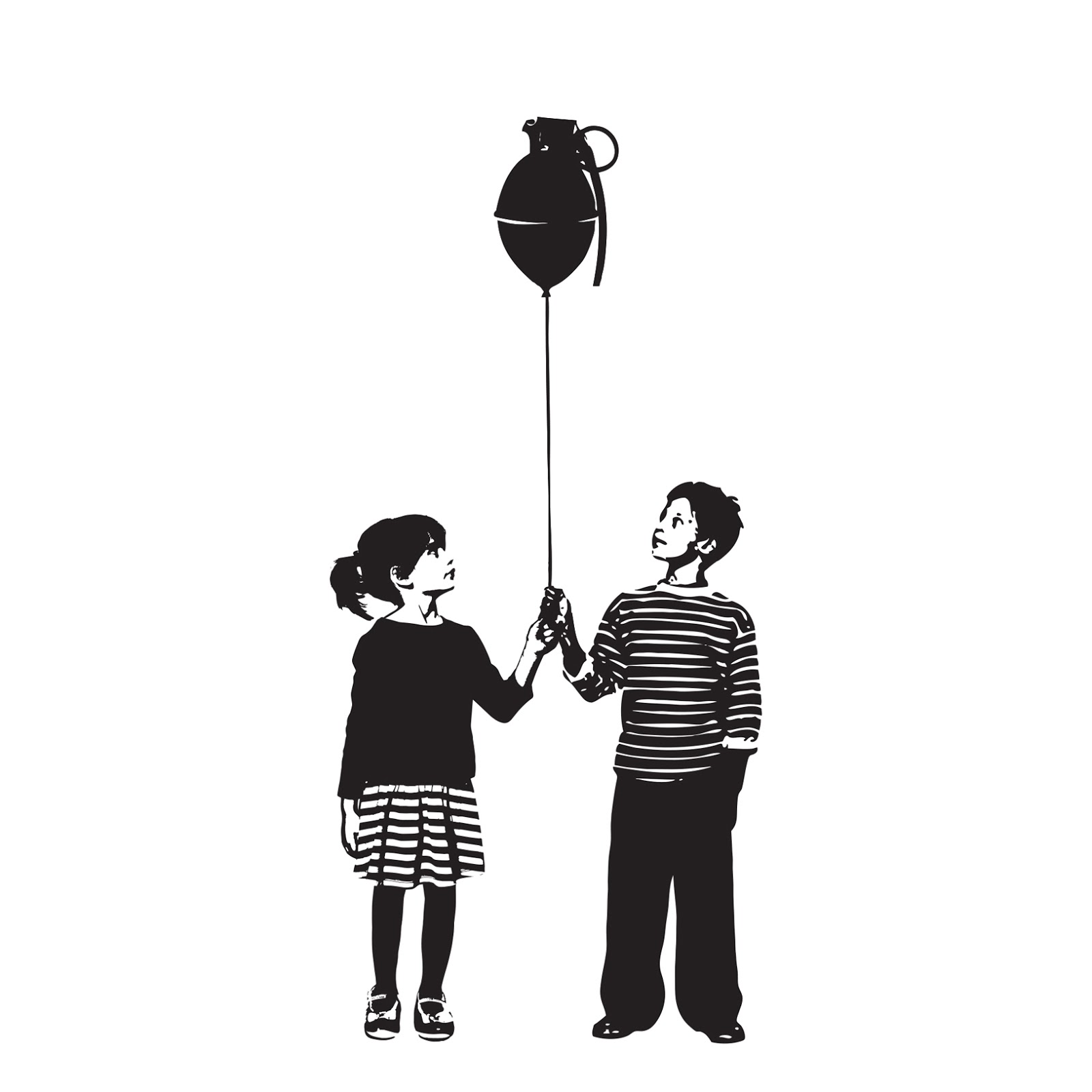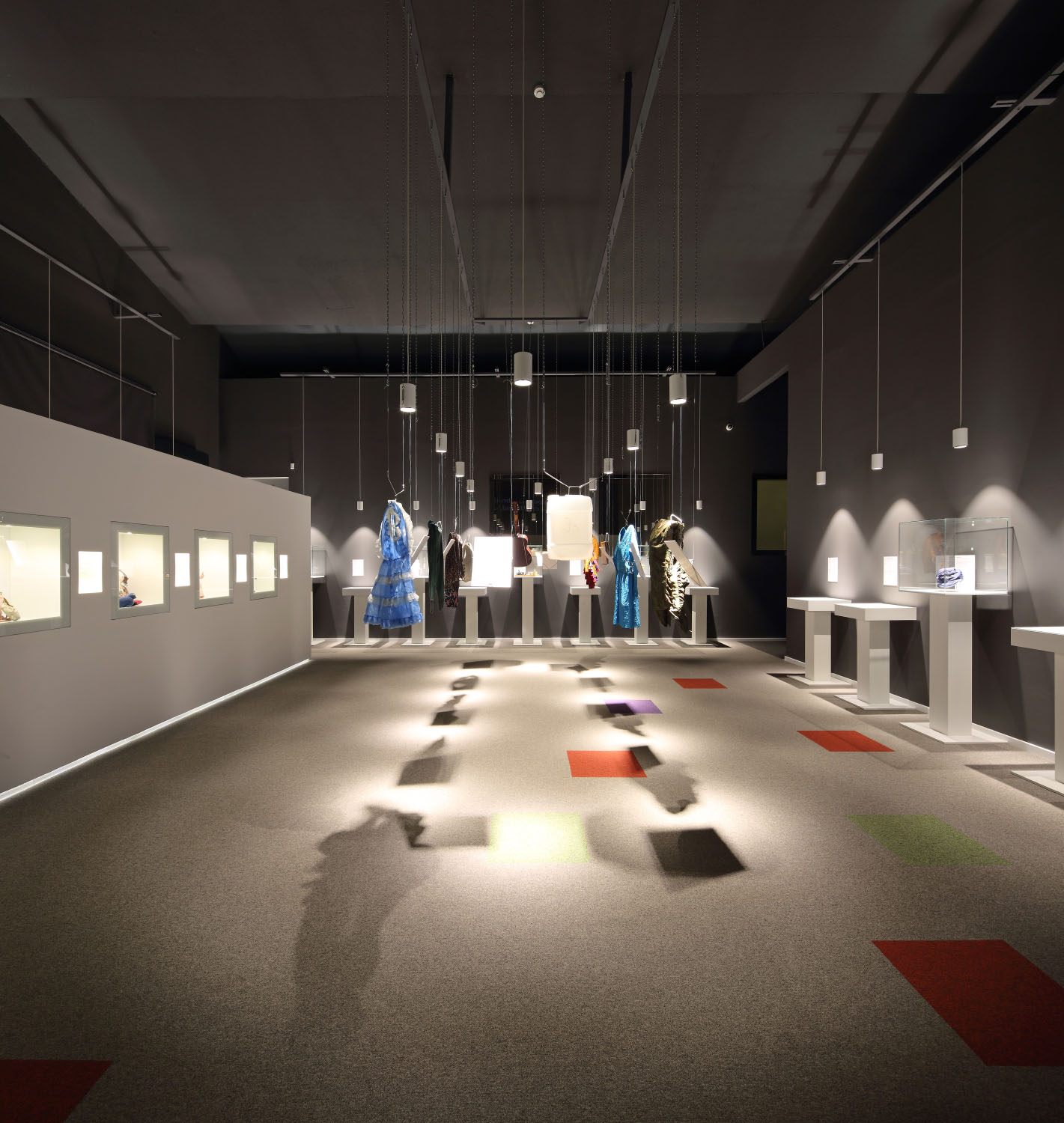
I’m often challenged by people outside our field to convince them that museums aren’t just nice, but necessary–that museums can and do serve essential human needs. Providing healing, catharsis, reconciliation—I can’t think of any role more essential in a community wounded by war and ethnic conflict.Today’s guest post is by Harun Buljina, a PhD. candidate in the Department of History at Columbia University in New York currently working as a research associate at the newly opened War Childhood Museum under aegis of Columbia’s History in Action program.
 I joined the War Childhood Museum’s collection long before I joined the team behind it. As a child of Sarajevo’s infamous siege in the early 1990s, my personal history was directly relevant to its mission statement: to document the experiences of those who grew up in the maelstrom of the Bosnian war some 25 years ago. And so, at the urging of friends who were already involved, I contributed my memories to its growing video archive. Scattered recollections of the historical and the everyday – candle-lit bomb shelters, blue-helmed peacekeepers, sniper fire and birthday parties – thus became part of a greater, public whole. In the time since, I have come to appreciate the museum’s role not only in providing opportunities for individual catharsis, but as a vital communal institution in Bosnia’s fractured social landscape. The Center for the Future of Museums rightly emphasizes how museums can help societies face the future; in Sarajevo, the War Childhood Museum does so by helping it face the past.
I joined the War Childhood Museum’s collection long before I joined the team behind it. As a child of Sarajevo’s infamous siege in the early 1990s, my personal history was directly relevant to its mission statement: to document the experiences of those who grew up in the maelstrom of the Bosnian war some 25 years ago. And so, at the urging of friends who were already involved, I contributed my memories to its growing video archive. Scattered recollections of the historical and the everyday – candle-lit bomb shelters, blue-helmed peacekeepers, sniper fire and birthday parties – thus became part of a greater, public whole. In the time since, I have come to appreciate the museum’s role not only in providing opportunities for individual catharsis, but as a vital communal institution in Bosnia’s fractured social landscape. The Center for the Future of Museums rightly emphasizes how museums can help societies face the future; in Sarajevo, the War Childhood Museum does so by helping it face the past.
In the summer of 2010, young Sarajevan author and entrepreneur Jasminko Halilović asked for condensed, 160-character answers to a far more complex question: “What does a war childhood mean to you?” Collecting over 1,000 replies and editing them into a book in 2013, he noticed that many of the respondents tied their memories to particular objects: playground chin-up bars torn apart by mortar fire, a Guinness World Record-setting collection of humanitarian aid wrappers, ballet shoes and stuffed animals. This was around the same time that Turkish Nobel Prize-winning novelist Orhan Pamuk published his “modest manifesto for museums,” in which he called for liberal-minded examples that would privilege individual stories and intimate settings over high culture and state narratives. Reflecting on both, Jasminko decided to build on the book by establishing the world’s first museum dedicated to the experience of growing up during war. Forming a small team in February 2015, he and his collaborators strove to stay true to the project’s crowdsourced roots, relying on grassroots enthusiasm and organic growth while purposely eschewing affiliation with any of the local political parties and their patronage networks.
 Just under two years later, the team’s efforts have paid off. On January 28th of this year, the War Childhood Museum opened its doors to the public, a short uphill climb from the historic city center and in the same neighborhood where I myself grew up. Set in a previously dilapidated municipal building, its permanent exhibit showcases 50 items and their accompanying, contributor-submitted stories – a spectrum of colors, shapes and sizes against a minimalist backdrop. This aesthetic contrast echoes the museum’s methodological approach and overarching philosophy; beyond general humanitarian and pacifist concerns, it is careful not to impose any rigid ideological narrative on the collection, aiming as much as possible to let the items and their contributors speak for themselves. In a similar vein, the museum also maintains a separate video archive of oral history interviews, which the team transcribes, translates into English, and plans to make available to international researchers.
Just under two years later, the team’s efforts have paid off. On January 28th of this year, the War Childhood Museum opened its doors to the public, a short uphill climb from the historic city center and in the same neighborhood where I myself grew up. Set in a previously dilapidated municipal building, its permanent exhibit showcases 50 items and their accompanying, contributor-submitted stories – a spectrum of colors, shapes and sizes against a minimalist backdrop. This aesthetic contrast echoes the museum’s methodological approach and overarching philosophy; beyond general humanitarian and pacifist concerns, it is careful not to impose any rigid ideological narrative on the collection, aiming as much as possible to let the items and their contributors speak for themselves. In a similar vein, the museum also maintains a separate video archive of oral history interviews, which the team transcribes, translates into English, and plans to make available to international researchers.
Properly evaluating the War Childhood Museum requires some understanding of Bosnia-Herzegovina’s post-war socio-political morass. The 1995 Dayton Peace Accords ended the fighting in the country’s brutal, four-year war, but ensured that the wartime divisions between Bosniaks, Croats, and Serbs – the three legally enshrined “constitutive nations” – fundamentally structured its new institutions. The resulting administrative system has been convoluted and dysfunctional in equal measure; a country of roughly 3.5 million people, Bosnia has 13 ministries of education. It has also effectively incentivized nationalist brinkmanship, with politicians from all sides regularly invoking wartime traumas to mobilize supporters and silence their critics – rhetoric that is both cynical and effective in a country where an estimated 10% of the population suffers from posttraumatic stress disorder. This institutionalized political gridlock and saber rattling has also translated into general government neglect for the arts and culture. Nonpartisan institutions that don’t adhere to any particular ethnic agenda are especially vulnerable. The National Museum in Sarajevo, for instance, was literally boarded up and closed for nearly three years, reopening only after an extended international solidarity campaign in September 2015.
The War Childhood Museum emerged from this context and has succeeded despite encountering various levels of political obstructionism. Most immediately, it faced a protracted struggle to secure an adequate location in Sarajevo’s old town, where local government prefers to lend publicly owned spaces to cafés and restaurants over less profitable cultural initiatives. On a more national level, the Federal Ministry of Culture recently declined to provide the museum with any financial support for the current year, notably rejecting it as one of only 9 out of a total 105 applications to lack “broader cultural significance.” As a result, the museum has instead relied on a combination of crowdfunding, international aid, and volunteerism, actually contributing a net 80,000 KM (circa $45,000) to state coffers. Its most important contributions, however, are more difficult to quantify. Above all, the War Childhood Museum provides Bosnians with a rare opportunity to confront the traumas of their recent past without reinforcing ethnic boundaries. And in light of Bosnia’s staggering youth unemployment and ongoing brain drain, it also gives voice to the formative experiences of a generation particularly marginalized by the post-war political economy.
Last month’s opening of a permanent exhibit concludes the initial chapter of the War Childhood Museum’s story but also heralds both new challenges and possibilities. Jasminko’s long-term vision is to develop our museum into the world’s largest archive on the impact of war on children and their future, possibly expanding to new locations and encompassing conflicts outside of Bosnia itself. In the shorter term, the upcoming summer tourist season will prove an important test of its current format and immediate economic viability. The team is correspondingly busy refining the existing exhibition, including developing a historically-informed introduction to the subject of childhood in war, and possibly incorporating an interactive component whereby visitors can opt to fund aid packets for children in current conflict zones. As streams of refugees fleeing their ravaged homelands once again demand the world’s attention, the images and stories of war’s youngest victims are frequently the most effective at piercing the news cycle and highlighting the human tragedy behind the headlines. The War Childhood Museum stands as a small testament to this sadly still-prevalent experience, rooted in its own society’s recent past but touching on themes that are increasingly relevant to the world at large.









